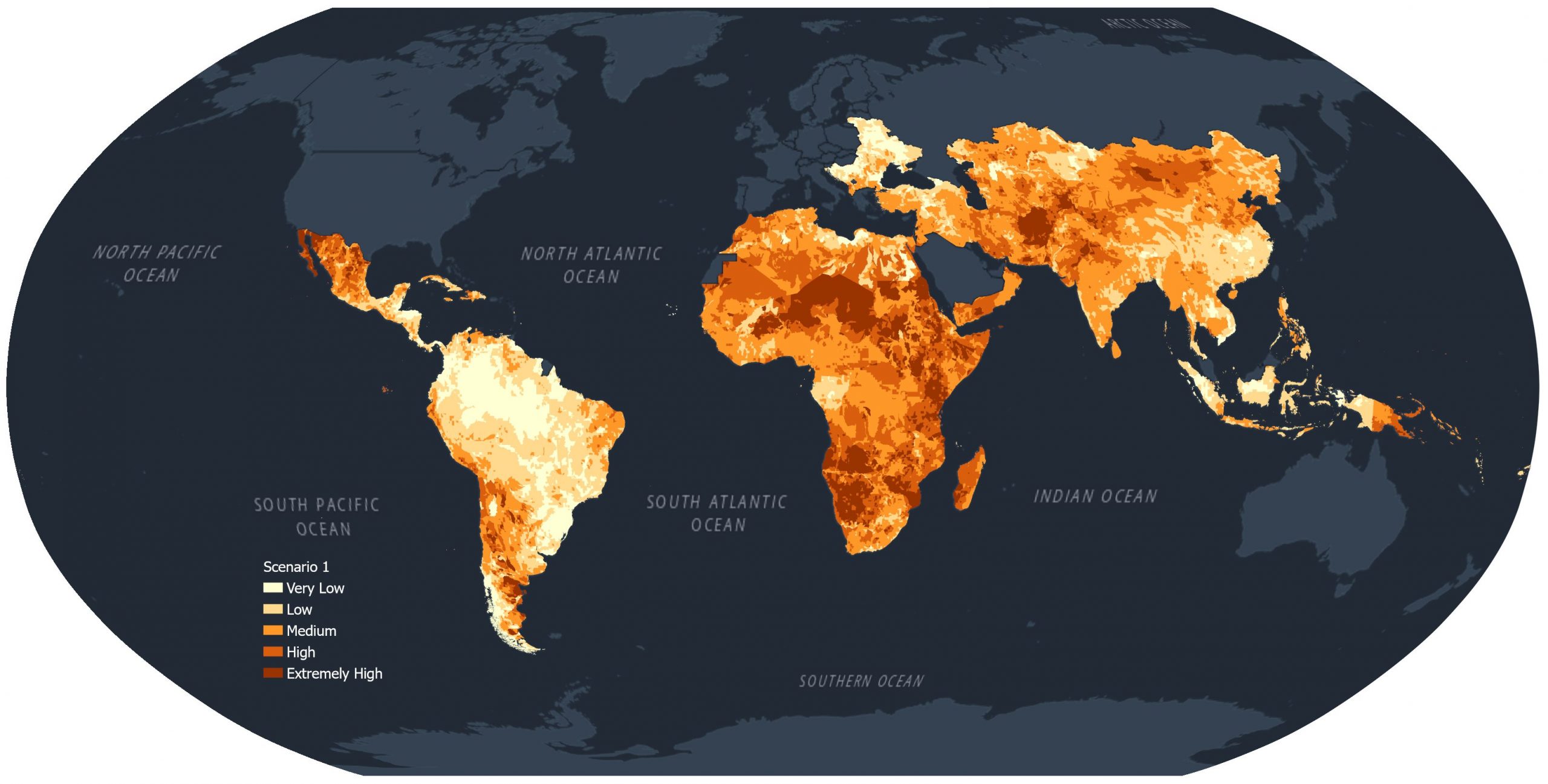One in five children around the world right now do not have enough water for their everyday needs, according to a new report by UNICEF.
The report, published Thursday, found that globally, more than 1.42 billion people – including 450 million children – are living in areas with high or extremely high water vulnerability. These are areas in which communities are dependent on surface water, unimproved sources or water that can take more than 30 minutes to collect.
“It is a moral failure that we live in a world with such high levels of technical innovation and success, but we continue to allow billions of people to exist without clean drinking water or the basic tools to wash their hands,” Volkan Bozkir, president of the UN General Assembly, said in his opening remarks for a high-level meeting on achieving equitable water and sanitation goals.
The new report is part of UNICEF’s Water Security for All initiative, which identifies areas struggling from the highest levels of physical water scarcity risks (like droughts, groundwater decline, seasonal variability and baseline water stress) and the lowest levels of water service. According to the report, less than 3 percent of the world’s water resources is freshwater, and that number is shrinking rapidly.
“The world’s water crisis is not simply coming,” said UNICEF Executive Director Henrietta Fore in a press release. “It is here, and climate change will only make it worse.”
Children are the biggest victims of water insecurity, according to UNICEF, because not only does it affect their health, but also their futures.
“When wells dry-up, children are the ones missing school to fetch water. When droughts diminish food supplies, children suffer from malnutrition and stunting. When floods hit, children fall ill from waterborne illnesses. And when water resources decline, children cannot wash their hands to fight off diseases,” said Fore.
According to the report, children in more than 80 countries are living in areas with high or extremely high water vulnerability. Eastern and Southern Africa as a region has the highest proportion of children experiencing water vulnerability (58 percent of children, or more than 135 million), but South Asia has the most number of children – 155 million, or 25 percent – facing difficulty accessing sufficient water daily.
On the country-level, India has by far the highest number of children – nearly 112 million – facing high or extremely high water vulnerability, followed by Ethiopia, with almost 41 million. But proportionally, Lesotho and Afghanistan have the highest percentage (both 93 percent) of children experiencing water insecurity. These countries are among the report’s list of 37 “hotspot” countries, where children face especially grim circumstances and where global support must be prioritized. Some of the other countries on this list include Burkina Faso, Haiti, Kenya, Niger, Nigeria, Pakistan, Papua New Guinea, Sudan, Tanzania and Yemen.
Meanwhile, global water resources continue to diminish from water misuse and mismanagement, climate change and extreme weather events, while demand increases with rapid population growth and urbanization. A 2017 UNICEF report projects that in less than 20 years, almost 1 in 4 children globally will live in areas of extremely high water stress.
Sustainable Development Goal 6 is to ensure the availability and sustainable management of water and sanitation for all by 2030, but according to other UN estimates, some countries are experiencing a funding gap of 61 percent for achieving water and sanitation targets. The UN says that water scarcity could displace 700 million people by 2030.
The report highlights four solutions to water vulnerability. First, provide access to safe and affordable drinking water services. Second, ensure that all water, sanitation and hygiene (WASH) services and communities are resilient to climate shocks and sustainable. Third, prevent water scarcity crises through early action, water resources assessments and efficient use. And fourth, build water cooperation for peace and stability, including preventing attacks on water and sanitation infrastructure and personnel in conflict zones.
“We have to act now both to address the water crisis and prevent it from getting any worse,” said Fore. “For our children and our planet, we have to act.”
